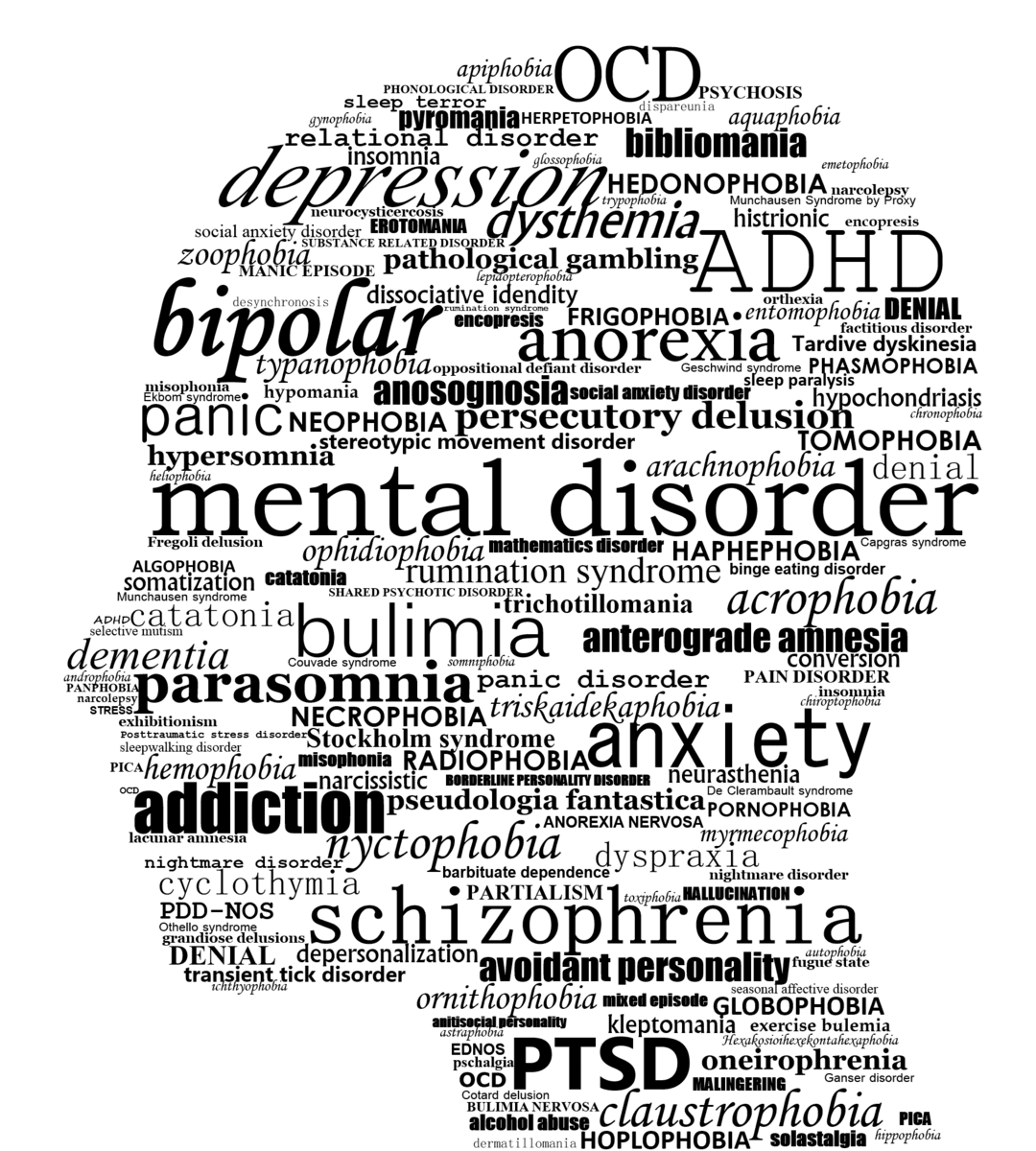
Pilot mental health. First, I fully support enabling pilots to obtain treatment for issues such as depression and still fly. Medications are well proven and denying this ability does not stop depressed pilots, but does stop the reporting of depression.
The truth is that any person encounter a set of circumstances that leads them to make poor or dangerous choices. They could seem and, actually be, perfectly fine and until they encounter a specific set of circumstances that results in them not being. It is actually not dissimilar to the definition of a hazard, which is defined by Dr. Nancy Leveson (MIT) as “a system state or set of conditions that, together with a worst-case set of environmental conditions, will lead to a loss.”
There is simply no testing currently known that can detect if a person will encounter what constitutes a hazard to their mental state in the future. NASA has tried with the most comprehensive testing of about any organization, and then we saw how one of the astronauts suffered from a mental breakdown (see Nowak). So if we cannot test, what can be done?
The solution is training peers to recognize the signs and symptoms of an impending problem. Pilots (and other safety-critical professionals) work in close quarters with others. We see each other, we get to know each other and create bonds, however temporary, to facilitate that close working relationship that is necessary to obtain the shared mental models needed for safety. That close contact provides the pathway that we can use.
Currently, to my knowledge, no training is provided (beyond perhaps very superficially) on how to monitor each other for warning signs of a psychological break. That can be changed. If we provide training for pilots, cabin crew and other operators on what signs to look for, we can create an early warning system where we can identify, intervene, and obtain help for someone that encounters, or is close to encountering, that hazardous state.








